SECURITY
SECURITY
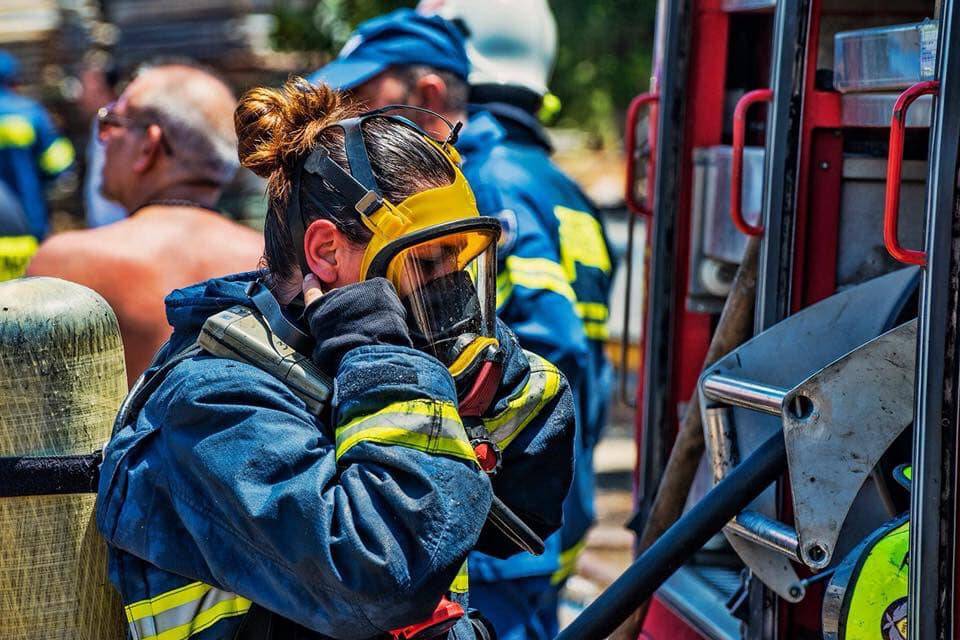
In 2020, the Cyprus Fire Service responded to a total of 11,985 calls for assistance to tackle fires, special services and false calls, according to the service’s press release.
In the statistics (in greek language) of 2020, the total number of calls per province are reported numerically and in graphs. Also, reference is made to all the people rescued by the Fire Service. The rescues concerned people who were involved in fires, traffic accidents, work accidents, or people who were trapped in defective elevators, building collapses or other high-rise buildings, on cliffs, etc.
Also read: The new Panther type vehicles of the Fire Service in action – VIDEO
The total number of Special Service calls per month and for the whole of 2020, per each Fire Station and province.
Total number of fire calls per month and for the whole of 2020, per each Fire Station and province.
Total number of fires including all months for the period 2008 – 2020.
Also read: Information on vacancies in Cyprus Police and Fire Service
Comparative fluctuation percentage per month and in total for 2019-2020. In addition, for 2020, there is a numerical distinction of rural and urban fires.
Indication of the total number of fires in rural areas including all months for the period 2008 – 2020. Comparative fluctuation percentage per month and in total for 2019-2020.
Report of the total number of fires in urban fires including all months for the period 2008 – 2020. Comparative fluctuation presentation per month and in total for 2019-2020.
Also read: Mother’s Day | Mothers in the Armed and Security Forces of the Republic of Cyprus
Report of numbers and percentages per month, but also in total, in terms of the fires that broke out in 2020, according to premises type.
The causes of fires in 2020 are described per month, in numbers and percentages.
The causes of fires in rural areas in 2020 are described per month, in numbers and percentages.
The Special Service calls the Fire Service received in 2020 are described per month, with reference to total numbers and percentage.
Also read: New admissions in the ranks of the Cyprus Fire Service | VIDEO
The Fire Service explained that during 2020, it responded to a total of 11,985 calls for assistance which concerned calls for fires, special service calls and false calls.
The Service has responded to a total of 7203 fires across Cyprus. Of these, 4789 were related to fires in rural areas and 2414 were fires in urban areas. For 2019 – 2020, there is a comparative fluctuation percentage. It is found that at the end of this year, all types of fires (urban – rural) have been increased by 12.88%.
In terms of the fires in rural areas in 2020, they have been increased by 18.95% compared to 2019. Specifically, even though there has always been an increase in fires in April due to Easter bonfires, in 2020 fires in urban areas were significantly decreased by 50.44%, whereas fires in rural areas were slightly increased by 6.46% compared to 2019. This is owing to the Police and Fire Service’s prevention campaigns by informing the public both on television and on the radio.
Also read: Cyprus Fire Service | Participation in the pioneering RESPOND-A program
In addition, the role played by the patrols of both the Police and the Fire Service was catalytic due to the prevailing pandemic conditions and the restriction of traffic as well as the prohibition of outdoor meetings.
As to the fires in rural areas, taking into account that the months of the firefighting season are May – November, based on the prevailing environmental conditions, for this period there is an increase of 12.7%. During this period, the Fire Service responded to 3485 fires in total in contrast to 3090 in the corresponding period last year. This increase is due to illegal stubble burning mainly in the Provinces of Nicosia, Limassol and Paphos.
Also read: May 4 World Firefighters’ Day – The Everyday Heroes
In addition, the heavy rainfall of the winter months of 2019 and the large volume of dry flammable material during the months of the firefighting period of 2020, both in the countryside and in open urban areas, have played a catalytic role in the increase of fire rates.
As for the causes of fires in rural areas, these include, as mentioned, stubble burning, deliberate burns, rubbish burning, discarded cigarette butts or other human activities in the countryside that may cause fires. The contribution of the human factor accounts – once again – for 92%.
In addition to the urban fires, there is a small increase of 2.51%. The number of fires in urban areas is 2414 compared to 2355 in 2019. This small increase is probably due to the restrictive measures that were implemented due to the pandemic and the increased general activities of citizens who were under restraint.
Urban fires mostly took place in plots, motor vehicles, private homes, apartments, garbage cans, other premises and areas as they appear in detail in numbers and percentages in the table of Annex 6 entitled “Building Use”. As for the causes of fires in urban areas, these were mostly due to issues in electrical appliances in homes or other premises, electrical or mechanical problems in vehicles, cigarette butts, malicious acts, arsons, defective chimneys and fireplaces, misuse of heat sources and cooking appliances, incorrect or negligent use of tools or appliances in the workplace.
A detailed report of the causes of fires in urban areas, both in numbers and percentages, is provided in the table of Annex 7 entitled “Causes of fires”. It is found that the human factor played an important role with the causes of fires reaching 90%.
Also read: Fire Department | Responds to reports with connotations about Aerial Ladder Platform – VIDEO
It is also worth mentioning that the burned countryside areas for 2020 (18.20 sq.km) increased by 8.16 sq.km compared to 2019 (10.04 sq.km).
The financial losses in 2020 are presented in the report. The losses approximately estimated by the Fire Service for 2020 amounted to 9,915,210 million euros, of which the amount of 9,323,310 euro was related to urban fires, whereas the amount of 591,900 euro was related to rural fires.
In 2019, the total amount of damages amounted to 10,859,502 euro, of which the amount of 9,975,807 euro was related to urban fires and the amount of 883,395 euro was related to rural fires. There is a decrease in damage caused by urban fires, despite the increase in the number of responses of the Fire Service to urban fires in 2020, which amounted to 2.51%. This is mainly due to the areas where the fires broke out.
The decrease in damage caused by rural fires in 2020, compared to 2019, is also due to the areas where the fires broke out, despite the increased overall percentage of rural fires (18.95%) compared to 2019.
Also read: Cyprus Fire Department | Meet her through the short video of the Service
The total number of people who were rescued, injured or lost their lives due to fires reached 124, a significantly higher number compared to 2019 when the number rose to 80. In particular, the Fire Service rescued 18 people in 2020, compared to 41 in 2019. There were 103 injuries compared to 31 in 2019, whereas 3 people lost their lives from fires compared to 8 of the corresponding period last year.
There is a decrease (13.7%) in Special Service responses. For 2020 there was a response to 4028 calls compared to 2019, when special service calls amounted to 5551. This decrease is essentially due to the reduced responses to floods owing to weather conditions, to animal rescues and Special Service responses by the Fire Service.
Also read: Cyprus Fire Service | Meet the Service through a short video
The responses of the Fire Service to special service calls mostly entail rescuing people who were trapped in faulty elevators, responses to floods or other rain-related responses in premises, towing or rescuing people trapped in their vehicles in flooded streets, defective drainage, accident prevention, animal rescue, responding to traffic collisions and rescuing trapped people, assisting in the transport of patients and providing assistance to the police.
A detailed list of the Reasons for responding to Special Service calls is presented both in numbers and percentages in the table of Annex 9.
Also, the Fire Service rescued 1774 people in 2020. These rescues concerned people who were involved in fires, traffic accidents, work accidents, defective elevators, trapped people after collapses of buildings or other premises, rescues from tall buildings, rescues from wells, rescues either after a car accident or injury of pedestrians trapped in inaccessible areas, or rescues of people who have lost their orientation in open or forest areas.
In general, 1650 cases out of 1774 were not fire-related rescues, specifically referred to in paragraph 6, but rescues offering assistance to those who were in danger or trapped in elevators. In these cases, 222 people were injured and 41 died.
As for False Calls, they are divided into 3 categories.
- With bad intent: They concern calls made exclusively with bad intent.
- With good intent: They concern calls, with no bad intent, but made by people who called about what they thought was fire, such as dust in the countryside caused by a farm tractor plowing a field.
- Due to mechanical or electrical damage: Alarm systems sound even when no fire breaks out, because of a mechanical or electrical damage.
Also read: Disaster Response Unit | Rescue of a swimmer from the sea of Limassol | VIDEO
In total, the number of false calls for 2020 amounts to 753 in contrast to 2019 when the number rose to 886. There is a decrease of 15.01%. Nevertheless, the vast majority of False Calls were made with good intent. More specifically for 2020, 647 calls concerned calls with good intent, 93 were made due to mechanical / electrical failure and only 13 concerned prank calls. This demonstrates the public’s hypersensitivity to the prevention of fires and early warning of firefighting groups.
Despite the difficult environmental conditions that prevailed especially during the firefighting period, the aggressive tactics applied by the Fire Service with ground and air forces from the initial stage of fires prove to be a catalyst for the reduction of both rural and urban fires.
Also read: Remembrance ceremony for the six DRU firefighters who fell while on duty in Mari
In addition, catalytic factors for the decrease in fires are:
- The good environmental conditions that prevailed until June, with a lot of rainfall.
- The preventive measures taken by all the Services, that is, the Firefighting and Prevention Services.
- The human conscience created after the campaigns which are carried out in matters of prevention and information of the public. As a result, human activities that may cause fires were significantly decreased and, in addition, the firefighting forces were informed on time when a fire was detected.
- The patrols, the staffing of the Rural Stations, and the cooperation in these matters among all Firefighting Services.
- The contribution of the Police in the investigation of fire causes, but also the fact that the Police brings the guilty before the court.
Also read: Mother’s message to the Cyprus Fire Service – “Thanks to you, my child is alive today”
NEWSLETTER SUBSCRIPTION
Cyprus | Assessment of asylum applications suspended for Syrians
The Ministry of Interior of Cyprus announced the suspension of the assessment of asylum applications for Syrians, because of pending…
Denmark | Extended security measures on border with Germany
Denmark extends temporary security measures on its border with Germany for another six months. Copenhagen is on…
ARGONAUT 2024 | The large-scale multinational exercise has been completed – Participation of dozens of aeronautical assets
A reluctant alliance? A different approach to French – Serbian defence relations
It has only been a few months since Croatia started receiving the first of the Rafale fighter jets it ordered from France.
Agamemnon | The new Astute-class HMS nuclear submarine of the Royal Navy
The British Royal Navy has named the newly-built Astute-class nuclear-powered submarine HMS Agamemnon. Doing so, the…
NSPA | Awards first C-sUAS multinational contract in NATO’s history
The NATO Support and Procurement Agency (NSPA) has approved the first Counter-small UAS (C-sUAS) procurement framework agreement…
USA | Signs bill on military aid to Ukraine
US President Joe Biden has signed a bill providing Ukraine with billions of dollars in new aid for its war with Russia, marking a rare…
Armenian Genocide Remembrance Day
On this day, 109 years ago, the genocide of the Armenian people by the Ottoman Empire began, with April 24 being the day of…
United Kingdom | Increase in defence spending
Britain will gradually increase its defence spending to reach 2.5% of GDP by 2030, Prime Minister Rishi Sunak announced…




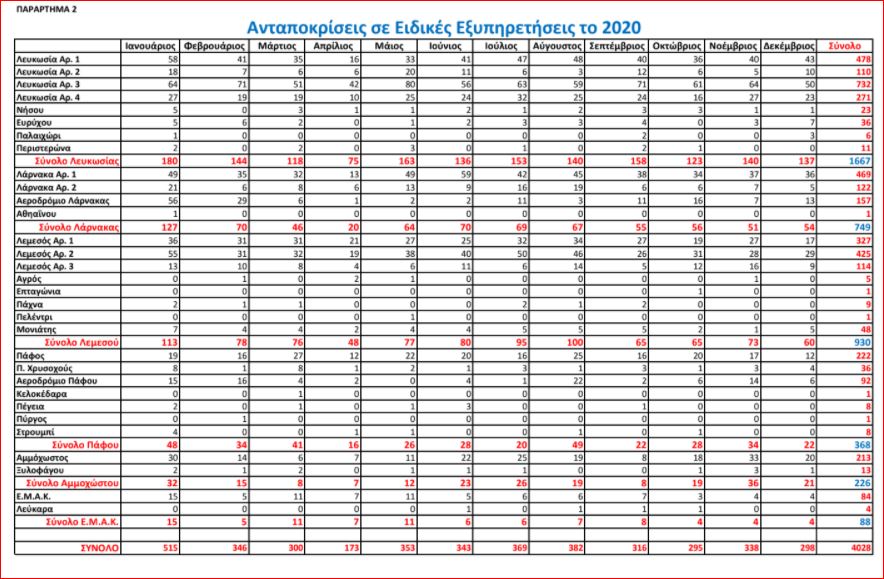

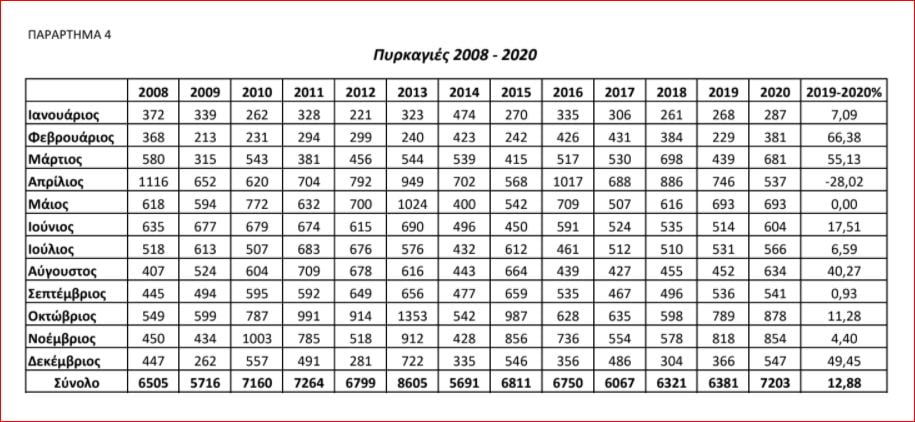

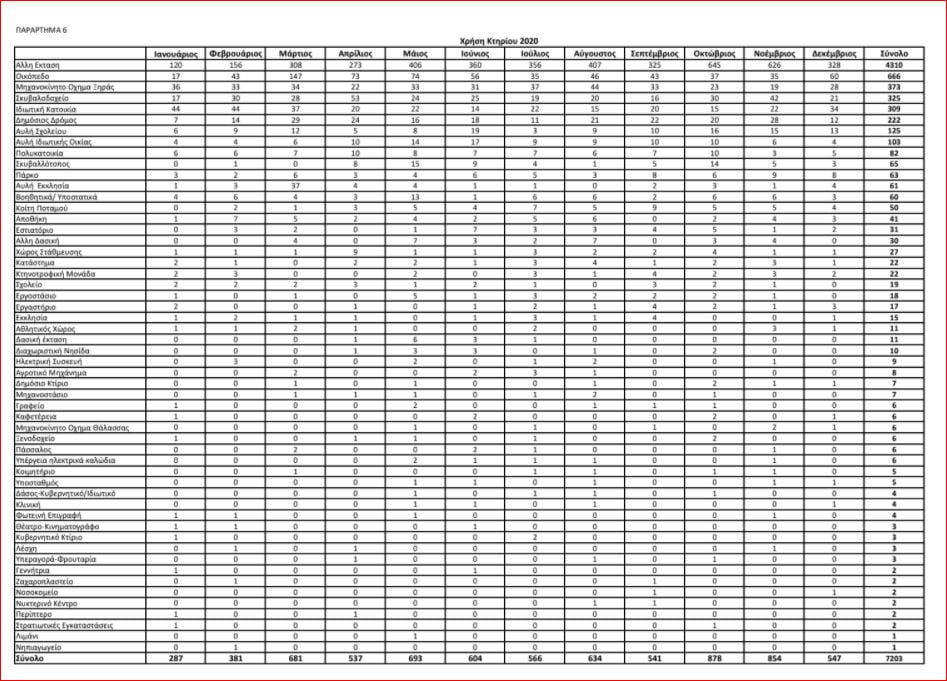









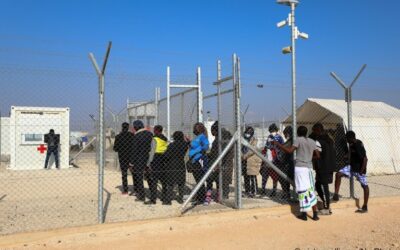
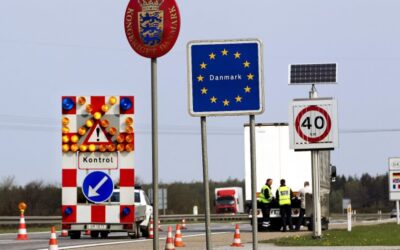







0 Comments